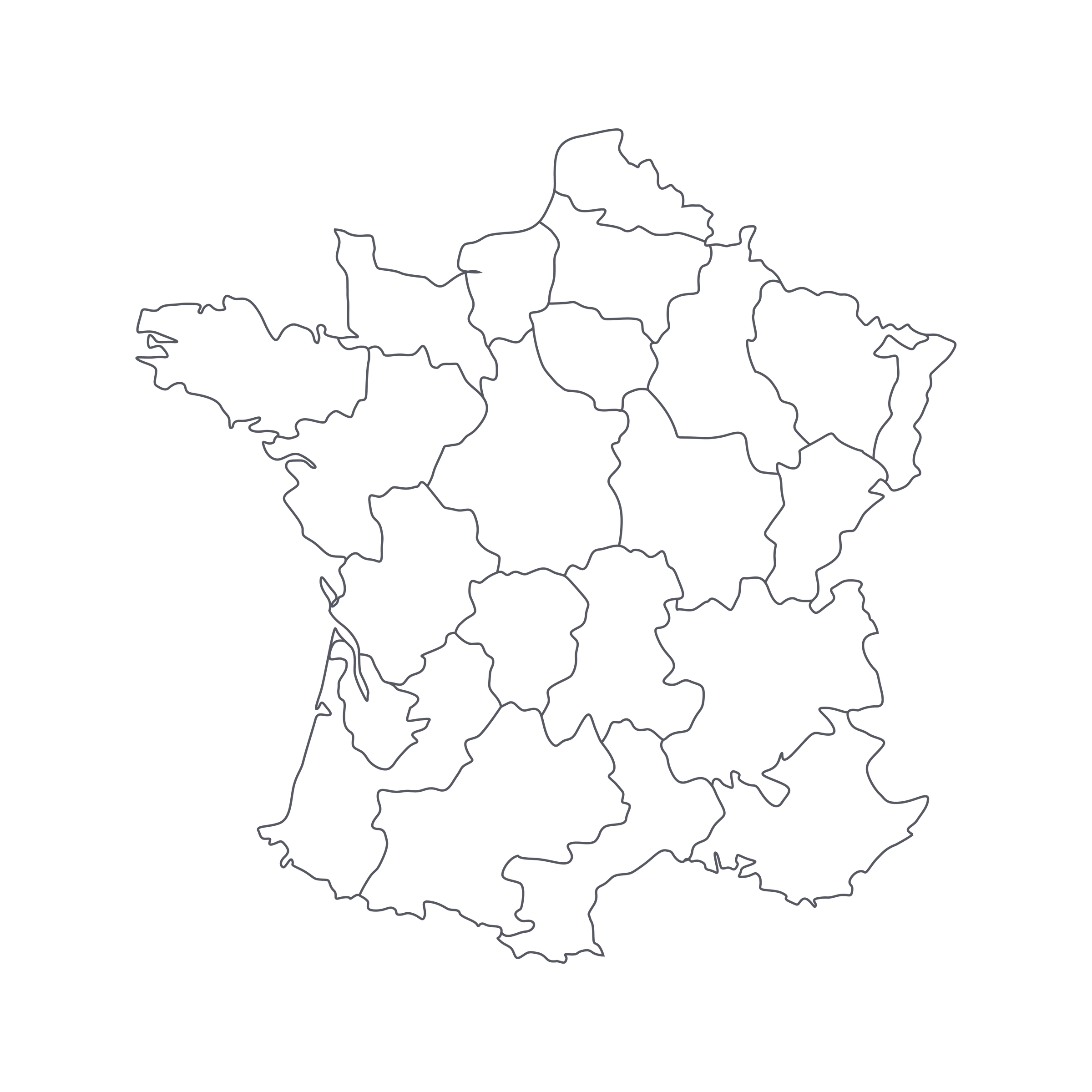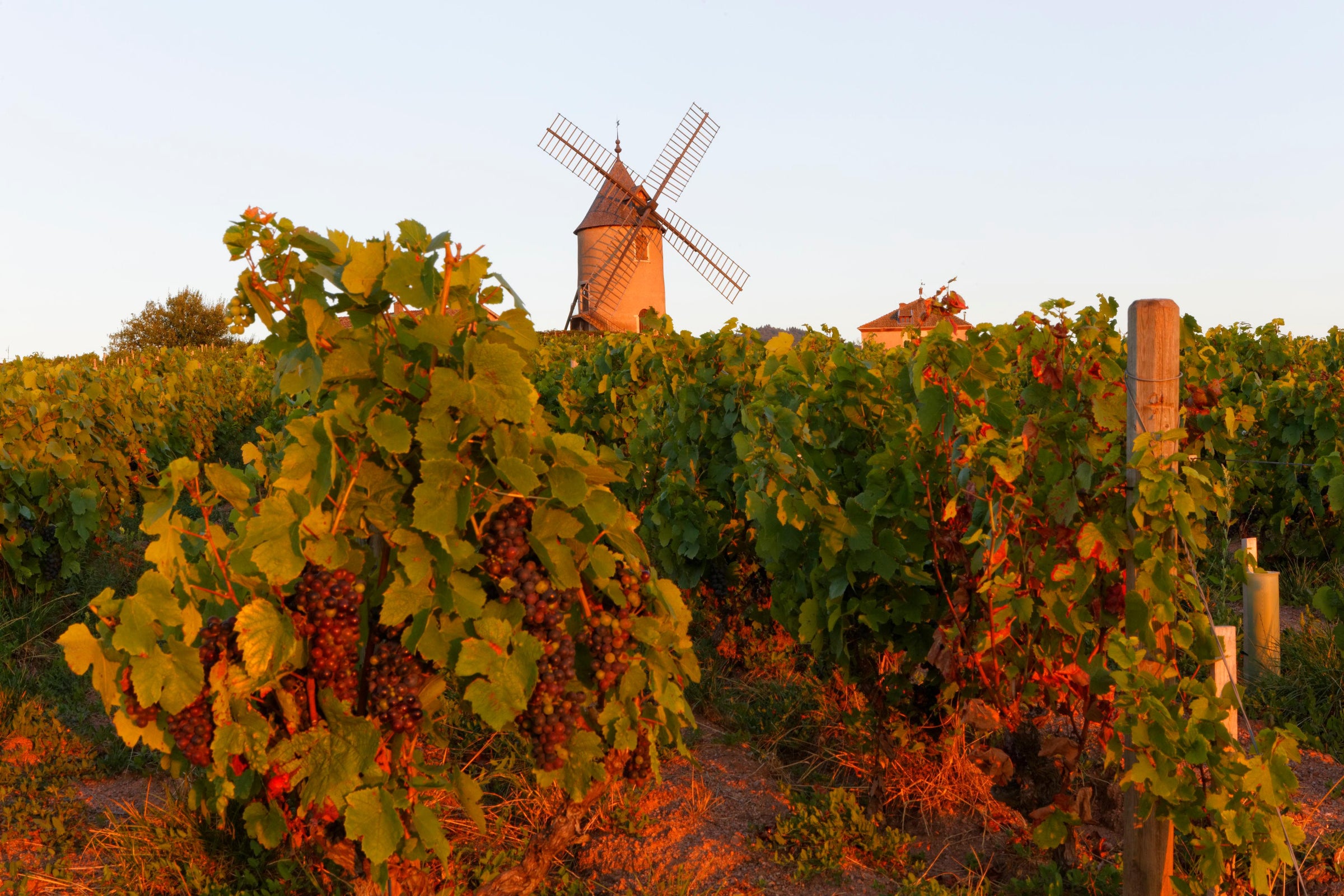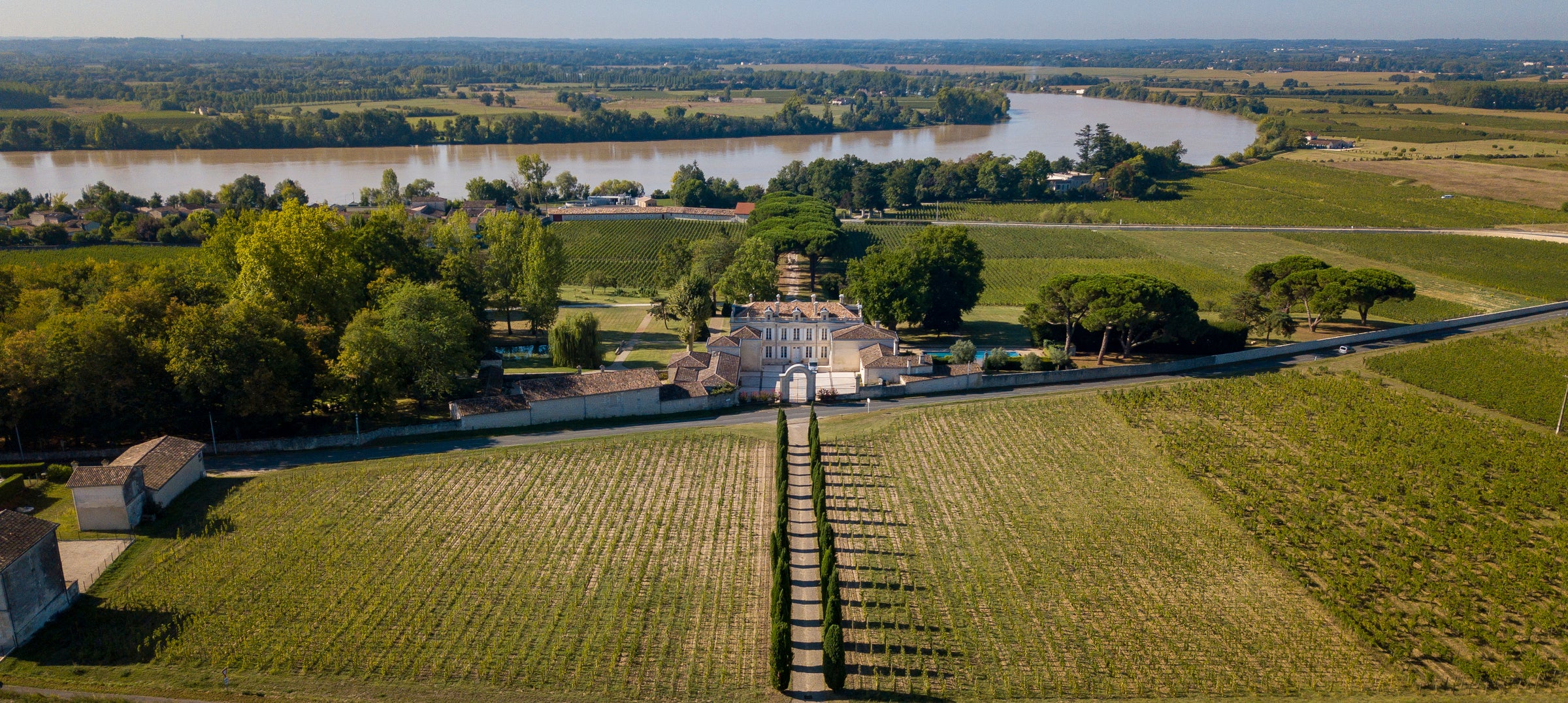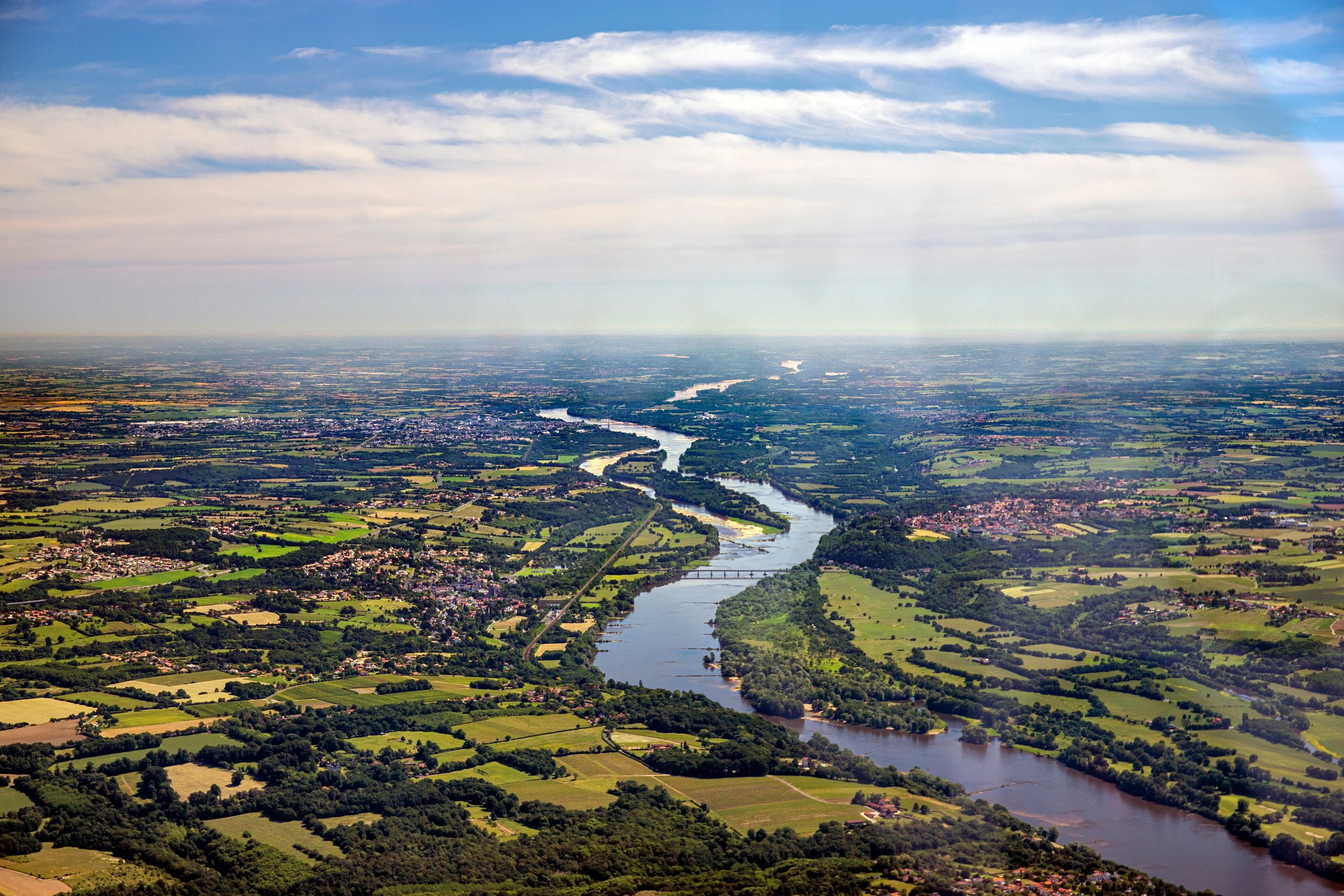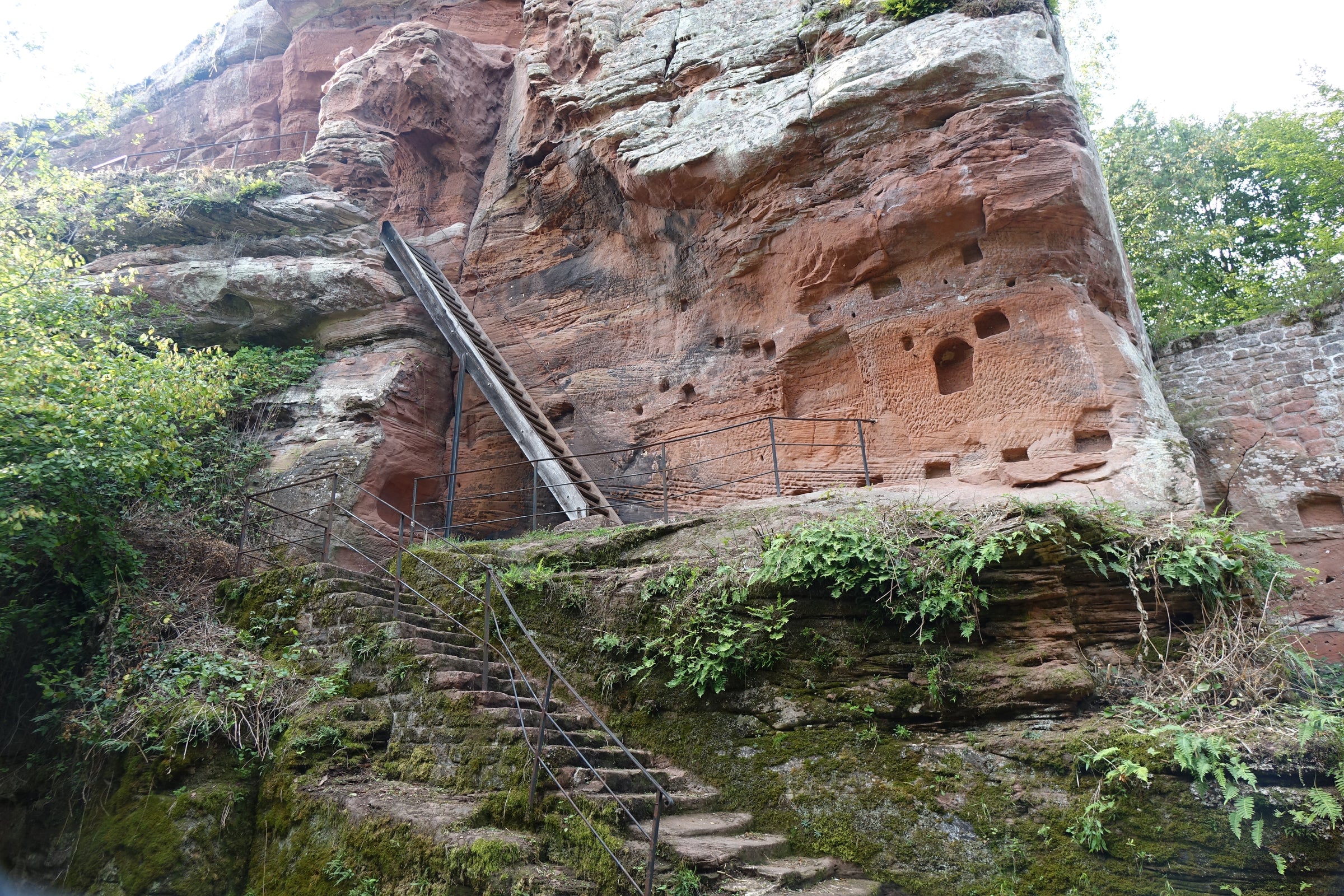Many of you are already familiar with Romain Collet, one of several Collets plying his trade in Chablis and a SommSelect favorite for the exceptional value his wines consistently deliver. Having grown up in Chablis in a well-known winemaking family, Romain was perhaps pre-destined to be a vigneron, and he didn’t waste any time; he released his first wines under his own label in 2009, when he was just 23.
Blessed with an impressive array of vineyard holdings that includes five Premier Crus and two Grand Crus, Collet is undoubtedly a rising star whose prices have not yet caught up with the pedigree of the wines. Today we have two Premier Cru wines from the sublimely structured 2014 vintage, hailing from vineyards that border one another on the western side of the Serein River: “Butteaux” and “Les Forêts.” Chablis enthusiasts will find the subtle differences between the two fascinating, whether you choose to try them side-by-side or one after the other. Once you’ve tried them, I suspect they’ll catapult into the ranks of your favorites—these are Chablis of exceptional depth and purity.
“Butteaux” and “Les Forêts” are sub-sections of the “Montmains” Premier Cru, which occupies a ridge
southwest of the village of Chablis. Not quite directly opposite the Serein River from the band of seven Grand Cru sites, Montmains/Forêts/Butteaux, like most of the Premier Cru sites on the west side of the river, have south-southeasterly aspects. This exposes them to gentler morning sun, as opposed to the more intense afternoon sun seen by the southwest-tilting Grand Crus, and Forêts in particular is known for steely, linear expressions of Chardonnay. This isn’t to say these wines don’t have power, just not quite the same level of concentration as the Grand Crus. In the 2014 vintage, however, Collet’s Premier Crus displayed some serious depth, as evidenced by both the bottles on offer today.
Collet’s “Les Forêts” comes from his oldest-vine parcel, which was planted in 1973 by his father, Gilles. It is fermented in steel and rested in concrete tank briefly before bottling, and between this and “Butteaux,” I’d probably open this one first, as it is marginally lighter and more approachable right now, with notes of ripe yellow apple, salted lemon, wet stones, and wildflower honey. The “Butteaux,” which spent 12 months aging in large, used oak foudre before bottling, shows a little more heft on the palate, with notes of button mushroom and beeswax adding dimension to the apple-fruited core. Both wines are eminently drinkable now if decanted about an hour before serving, otherwise do not hesitate to lay them down and re-visit in 5-7 years. There’s enough depth of fruit and texture in both to look beyond the classic oyster/shellfish pairing and go with something in the cod/halibut universe. Check out the attached recipe—simple, homey, and perfect for these artisan whites. No need to get any fancier. Cheers!


